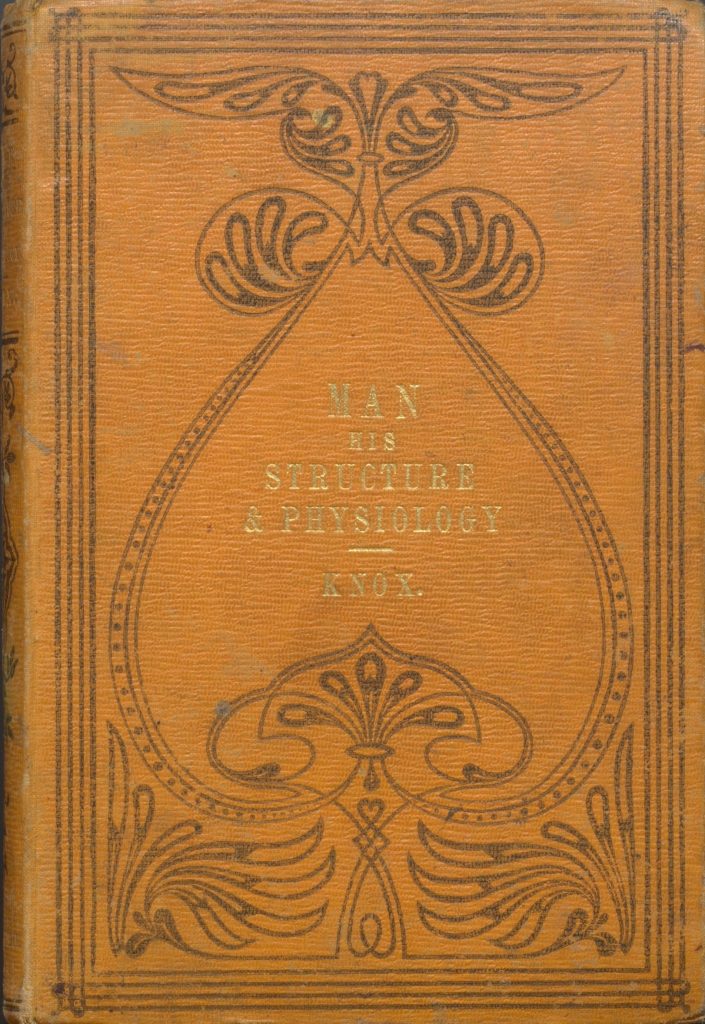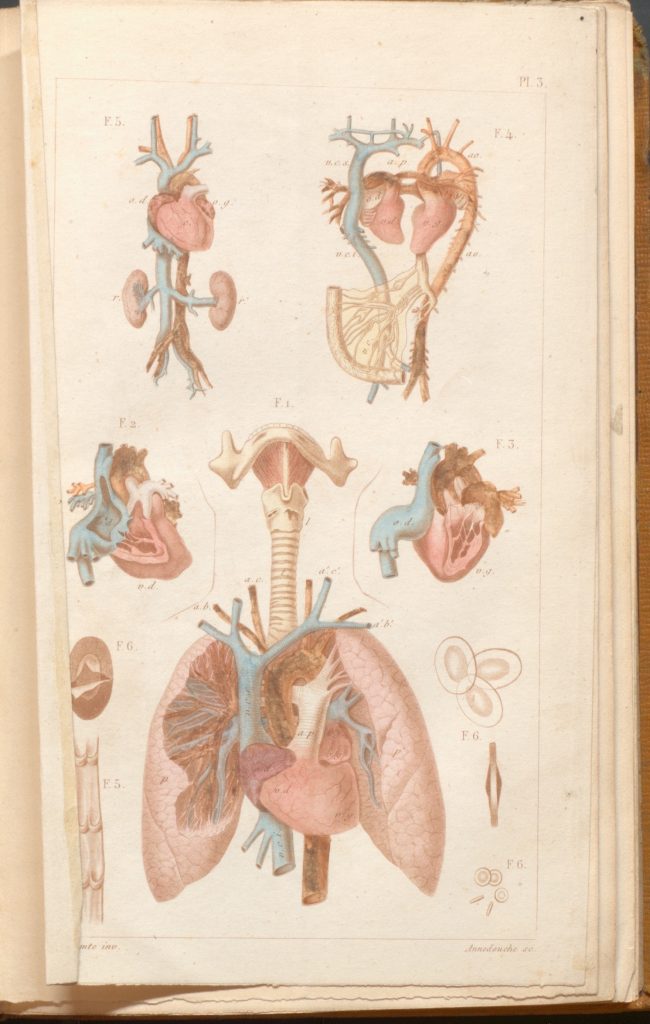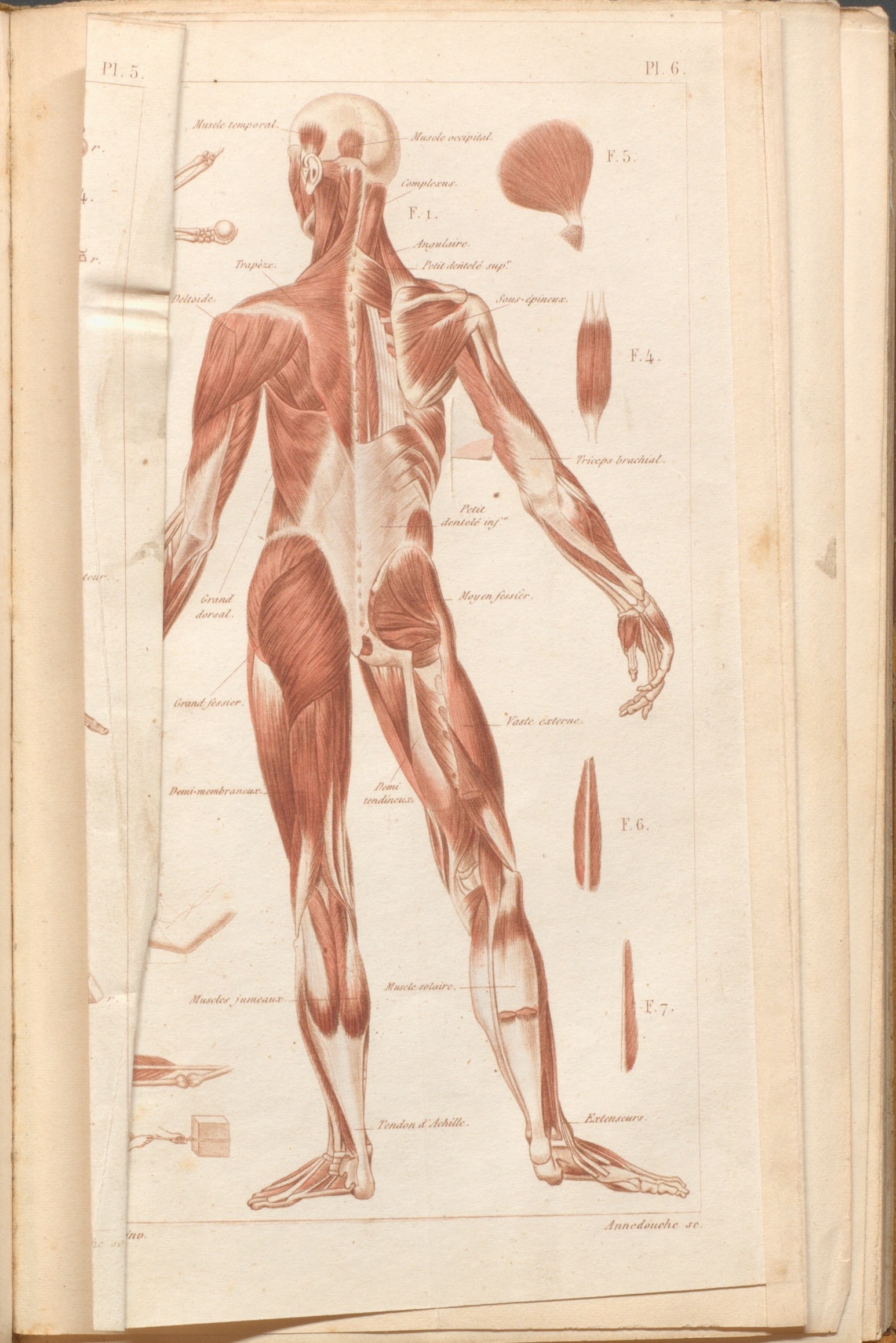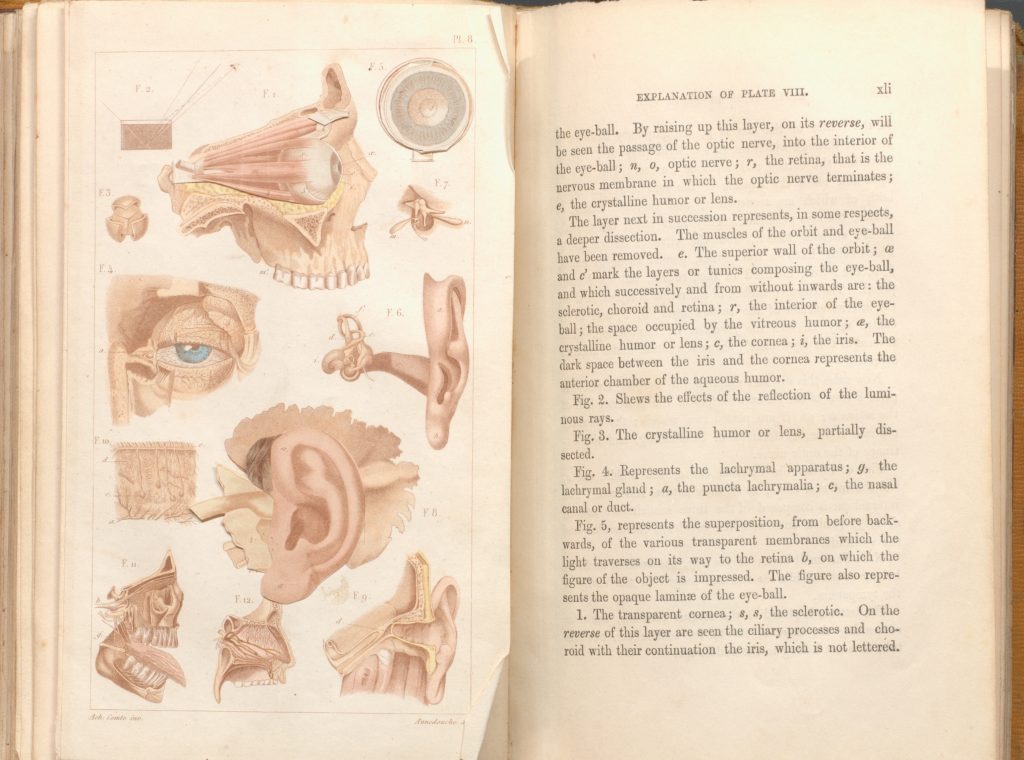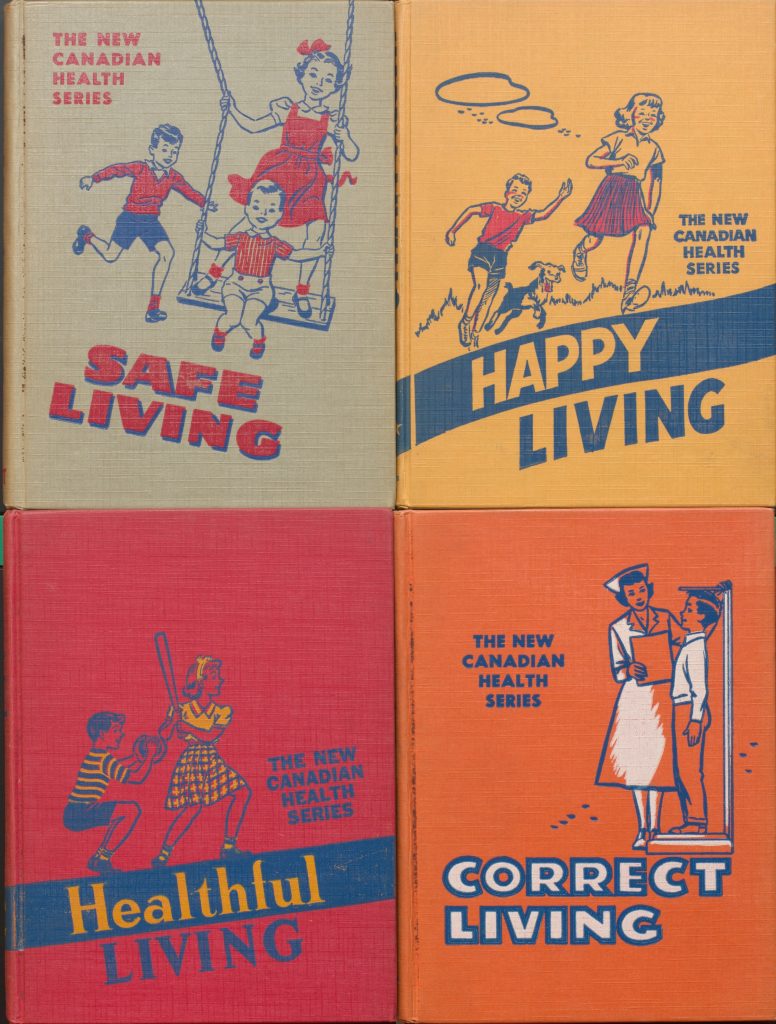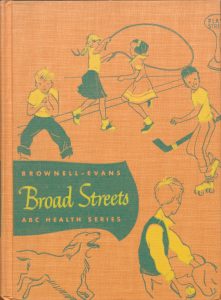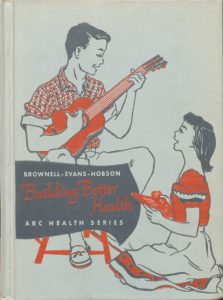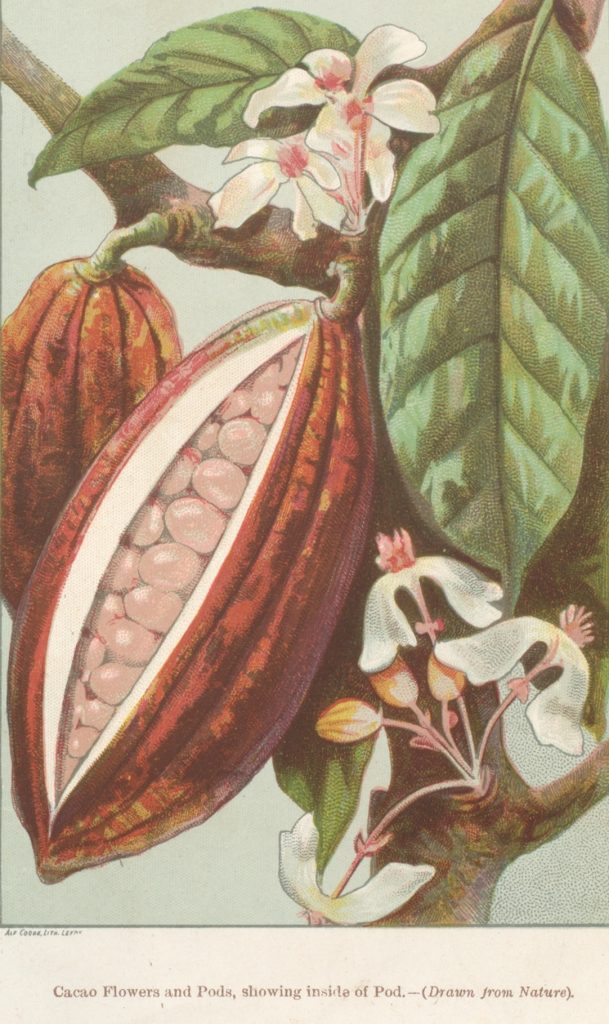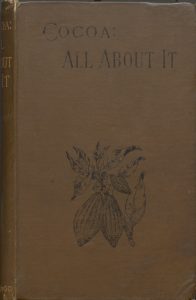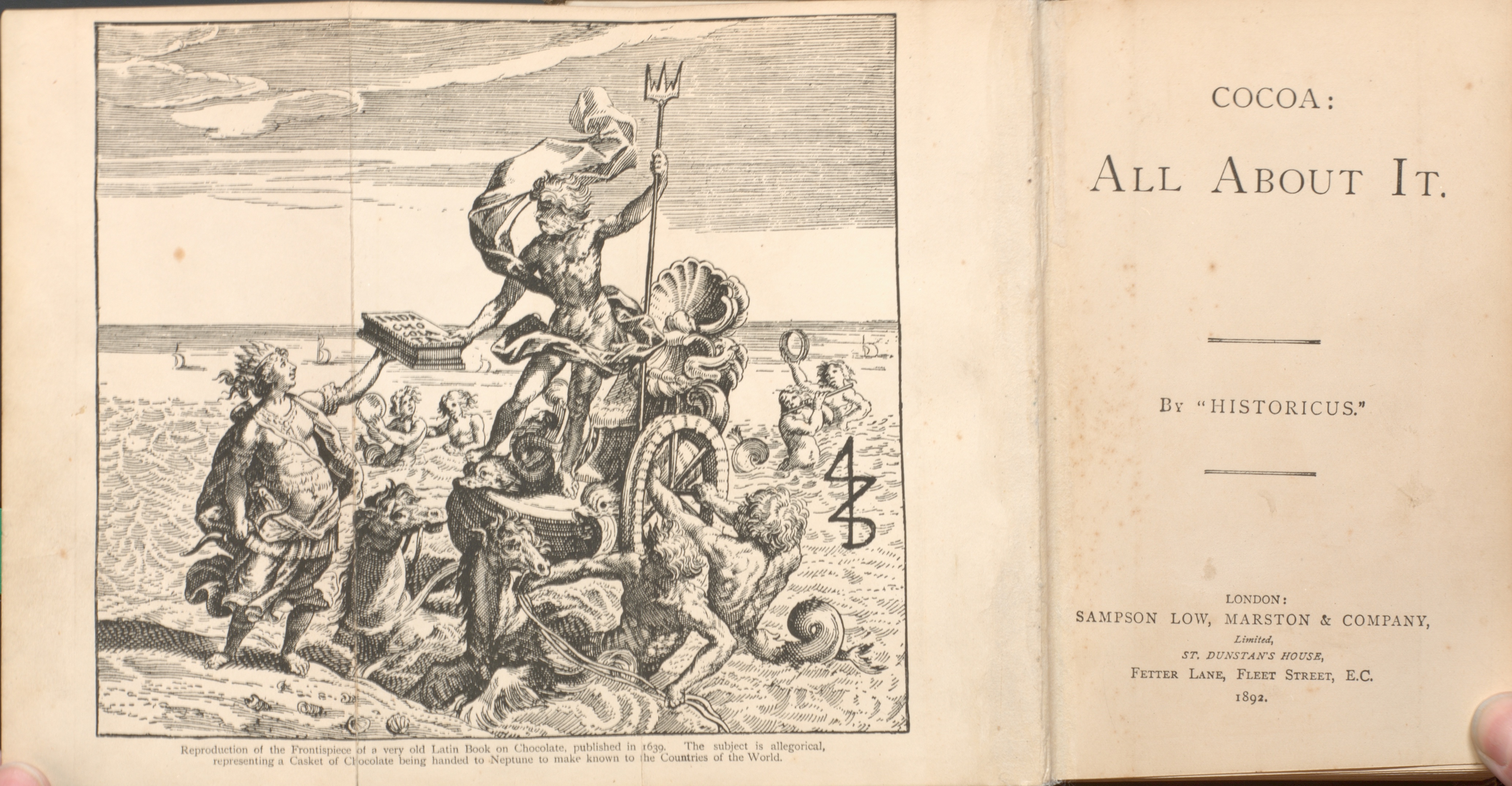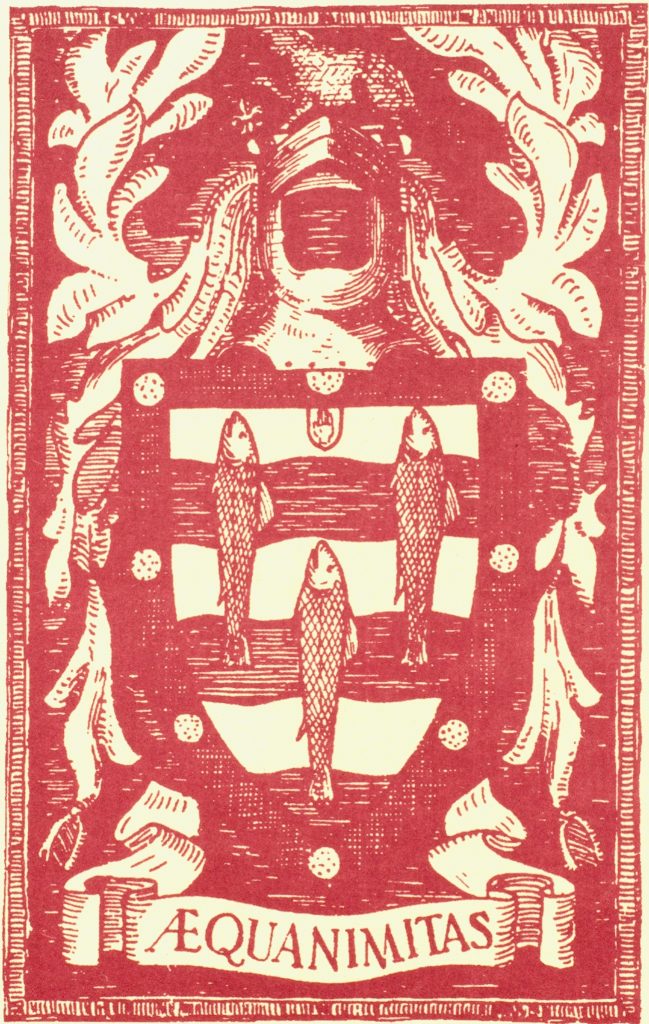 Aequanimitas — a term that derives from late-15th century Latin — means imperturbability, or one who is incapable of being upset, or agitated; one who is calm, and not easily excited.
Aequanimitas — a term that derives from late-15th century Latin — means imperturbability, or one who is incapable of being upset, or agitated; one who is calm, and not easily excited.
William Osler’s Valedictory address entitled Aequanimitas was first presented at the University of Pennsylvania, May 1st, 1889. In this short speech, Osler advised imperturbability as one of two essential qualities of the physician and of the surgeon. He defined this quality as a coolness and presence of mind under all circumstances, calmness amid storm, clearness of judgement in moments of peril, immobility, and impassiveness. The second quality he spoke of, equanimity, was described as being the mental and physical equivalent of the first.
It has been said that ‘in patience ye shall win your souls,’ and what is this patience but an equanimity which enables you to rise superior to the trials of life? Sowing as you shall do beside all waters, I can but wish that you may reap the promised blessings of quietness and of assurance forever, until
Within this life,
Though lifted o’er its strife;
you may, in the growing winters, glean a little of that wisdom which is pure, peaceable, gentle, full of mercy and good fruits, without partiality and without hypocrisy.
For those interested in reading the full address and others made by Sir William Osler, we have several regular loan copies and various translations listed in the Classic Catalogue, in addition to rare and archived materials that are part of the Osler Library Archives collection.


